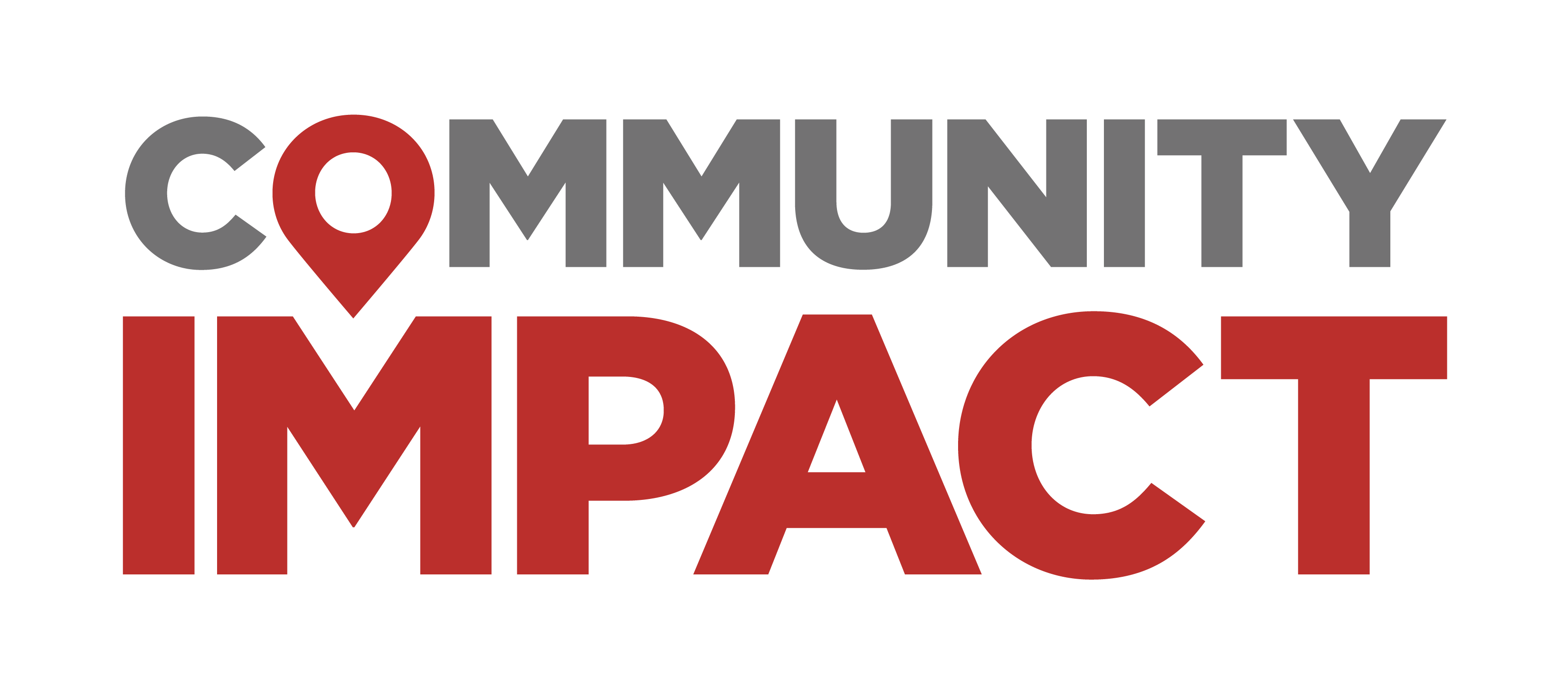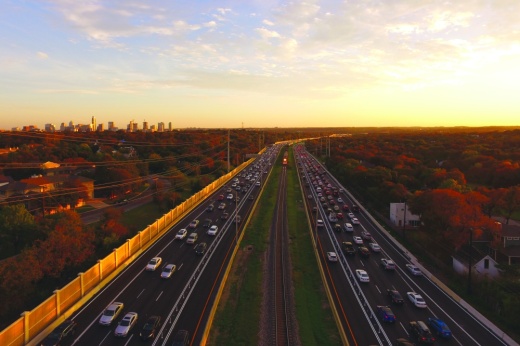In a nutshell
After receiving the initial green light in 2013 to evaluate an 8-mile stretch of south MoPac from Cesar Chavez Street to Slaughter Lane, the toll agency is again presenting several proposed solutions to address traffic after a lawsuit stalled progress on the project from 2016 to 2021.
The agency has dialed in on plans for up to two new toll lanes in either direction.
What they’re saying
Among the hundred of submissions, Austin City Council member Paige Ellis also submitted a letter, urging the Mobility Authority to limit the proposed MoPac South Highway expansion to only one additional express lane.
“There is no question that we need additional mobility options in Southwest Austin,” Ellis wrote. “We must be mindful, however, of the impacts such a highway expansion can have on the surrounding community, families, school children and environment."
Ellis' letter follows a recently passed City Council resolution calling for greater collaboration between the city and Mobility Authority. She emphasized the need for a range of multimodal transportation on the corridor, including park-and-ride facilities and shared-use paths.
We passed my Item 66 on South MoPac expansion, where I asked the City to work with @CTXMobility to coordinate multi-modal options that will ease congestion and ensure environmental sustainability pic.twitter.com/yN6jiuFGMc
— Paige Ellis, City Council Woman - District 8 (@PaigeForAustin) December 13, 2024
“I encourage CTRMA to adopt this approach to keep traffic moving while promoting smarter, more sustainable infrastructure,” Ellis said in a statement.
Her resolution highlights the city’s “ambitious goal” for 50% of trips to be nondrive alone by 2039. The resolution also calls for a full environmental review, a sentiment echoed from the community stemming from concerns about air quality and fine particulate matter.
Austin officials are not the only to bring forward concerns for the project, with the city of West Lake Hills joining Rollingwood in pushback for the MoPac South expansion project.
On Dec. 11, West Lake Hills City Council met to discuss and approve a letter lodging complaints regarding the project’s updated design plans.
Drivers coming from West Lake Hills or Loop 360 wouldn't be able to enter the express lanes on MoPac right away, according to the Mobility Authority's design plans. Instead, they’d have to detour to Cesar Chavez or as far south as Southwest Parkway, since the current Enfield loop entrance is set to be removed, West Lake Hills Mayor Mayor James Vaughan said.
The city of Rollingwood has also raised concerns about the lack of consideration for east-west traffic movement. City Administrator Ashley Wayman said the lack of express lane access would be the design’s biggest impact on their community.
Additionally, the toll agency has faced criticism for its claims about the amount of time commuters save by the construction of an express lane.
Regional traffic studies indicate that there is only a roughly five-minute difference in travel time should nothing be done to the current structure of the highway, called the no-build option.
What’s next
“I want people to know we are listening,” Mobility Authority Chair Bobby Jenkins said.
During the open house the toll agency presented their recommended build option, referred to as Alternative 2C, which included two new express lanes in either direction with elevated ramps near Barton Skyway.
Mobility Authority staff are currently reviewing feedback and incorporating it into the draft environmental analysis, or EA.
The EA is a federal requirement for large projects that have a potential to impact both the community and ecological environment. The draft EA is anticipated to be published mid-2025 along with a feedback summary report, according to the Mobility Authority.
Once published, the agency will hold a public hearing for the draft in late 2025 and publish a final EA in early 2026.
Should the Texas Department of Transportation determine there are no significant environmental impacts after reviewing the EA, the Mobility Authority can then begin construction.
In response to criticism over the level of environmental review required for the project, Doug Booher, TxDOT’s environmental affairs division director, clarified that the decision to conduct a minimal environmental analysis was made by TxDOT, not the toll agency.
He noted that if at any time during the EA there are signs of substantial environmental impact, the project would be escalated to a full environmental impact statement.
In their own words
Mobility Authority Executive Director James Bass said his team is already looking at incorporating feedback, like the accessibility concerns from the cities of West Lake Hills and Rollingwood, but noted that not every comment will be able to be implemented in the final project.
“As all things in life, it's give and take,” Bass said, noting that providing access at one point might create a choke point at another.
Those interested can find more information on the project's website.





